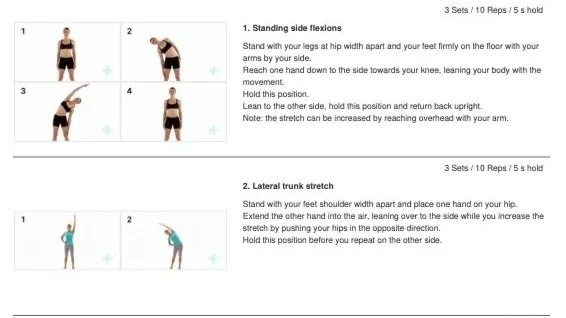Understanding Scoliosis and Exercises to Improve Spinal Health
Scoliosis is a condition characterised by an abnormal lateral curvature of the spine, often diagnosed in childhood or adolescence but also found in adults. While mild cases may not cause significant discomfort, more pronounced curves can lead to back pain, reduced mobility, and postural imbalances. At Epoch Health, we take an evidence-based approach to chiropractic care, providing strategies to help manage scoliosis effectively.
What Causes Scoliosis?
Scoliosis can arise from various factors, including:
Idiopathic scoliosis – the most common type, with no known cause.
Congenital scoliosis – resulting from abnormal vertebral development in utero.
Neuromuscular scoliosis – linked to conditions like cerebral palsy or muscular dystrophy.
Degenerative scoliosis – occurring later in life due to spinal degeneration or osteoporosis.
Symptoms of Scoliosis
Uneven shoulders or hips
Visible spinal curvature
Back pain or muscle imbalances
Reduced flexibility or stiffness
Difficulty with prolonged standing or movement
Can Exercise Help Scoliosis?
Exercise plays a crucial role in managing scoliosis by improving spinal stability, strengthening core muscles, and enhancing posture. While it may not correct severe spinal curvatures, targeted exercises can alleviate pain and prevent progression.
Recommended Exercises for Scoliosis
Here are some effective exercises that can help individuals with scoliosis improve their spinal health:
When to Seek Professional Care
While exercises can help manage scoliosis, chiropractic care provides additional benefits by addressing spinal misalignments, reducing muscle tension, and improving overall function. If you or your child have scoliosis and experience pain or mobility issues, book an appointment with our experienced chiropractors at Epoch Health.
By combining targeted exercises with professional care, you can take proactive steps toward better spinal health and overall well-being.


